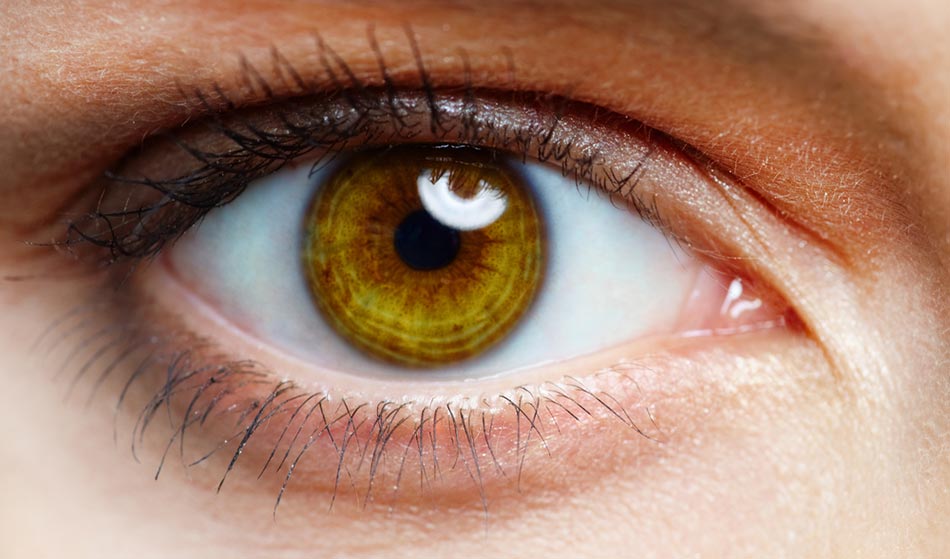
Perimetry or Visual Field Test: How It's Done
Perimetry is an eye test that measures the size of the visual space perceived around the eye by observing a fixed point
It is a non-invasive test that requires no medication and causes no discomfort, but only requires some attention. Here is how it is performed.
Perimetry, how the visual field test is performed
The perimetry test uses a computerised device, the campimeter, to assess the peripheral margins of vision and draw up real visual field maps.
The campimeter consists of a dome with a white background onto which a light stimulus of varying shape and intensity is projected. The patient has to press a button each time they perceive the stimulus.
The test involves assessing the visual field of one eye at a time: one of the two eyes is then covered and the test subject fixes a central point in front of him or her, marking the moment when he or she perceives the light stimulus in his or her visual field.
The test is then repeated for the other eye.
At the end, a map is produced that highlights
- any points of reduced sensitivity
- areas of visual field narrowing.
Visual field assessment performed with computerised equipment (computerised perimetry) can even detect losses in the patient’s concentration that reduce the reliability of the test.
What is the purpose of the visual field test?
Perimetry is used to study the sensitivity of the retina – quantifying any alterations or deficits – and the integrity of the nerve pathways that originate from it.
This test is used to monitor certain eye diseases characterised by loss of peripheral or central vision, such as glaucoma, optic neuritis and maculopathies.
Glaucoma and perimetric testing
The visual field test plays a critical role in the diagnosis of glaucoma and in monitoring its progression; glaucoma, in fact, is an optic neuropathy that causes a progressive narrowing of the visual field, which begins in the peripheral areas, until it leads – in the most advanced forms – to so-called ‘telescope vision’.
Perimetry, together with measurement of eye pressure and evaluation of the optic papilla, are the essential elements for the diagnosis of glaucoma, which, in its most common form, initially develops in a subtle form and only becomes evident when more than 50% of the optic nerve fibres have been lost, so much so that it is called ‘the silent thief of sight’.
Read Also
Emergency Live Even More…Live: Download The New Free App Of Your Newspaper For IOS And Android
Cataract: Symptoms, Causes And Intervention
Inflammations Of The Eye: Uveitis
Corneal Keratoconus, Corneal Cross-Linking UVA Treatment
Myopia: What It Is And How To Treat It
Presbyopia: What Are The Symptoms And How To Correct It
Nearsightedness: What It Myopia And How To Correct It
Blepharoptosis: Getting To Know Eyelid Drooping
Lazy Eye: How To Recognise And Treat Amblyopia?
What Is Presbyopia And When Does It Occur?
Presbyopia: An Age-Related Visual Disorder
Blepharoptosis: Getting To Know Eyelid Drooping
Rare Diseases: Von Hippel-Lindau Syndrome
Rare Diseases: Septo-Optic Dysplasia
Diseases Of The Cornea: Keratitis
Eye For Health: Cataract Surgery With Intraocular Lenses To Correct Visual Defects


